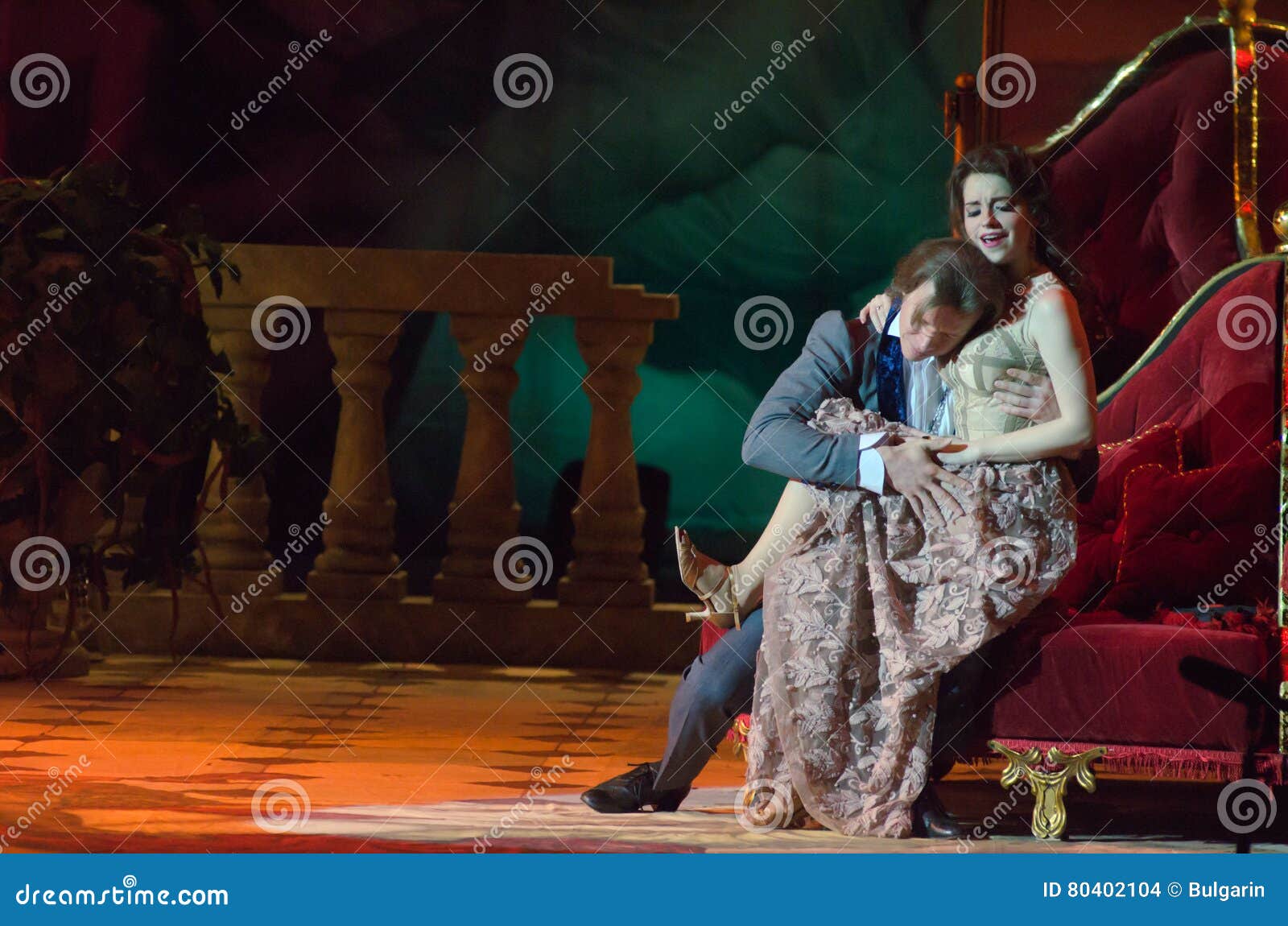

It was met with jeers, as the audience turned against the singers. The opera was finally performed on the 6th of March, 1853 at the “La Fenice” opera house in Venice. As the date of the premiere approached, it soon became apparent that Verdi’s choice of staging a modern dress “La traviata” was impossible. The duo came up with a synopsis in a short time, which was titled “Amore e morte,” meaning “Love and Death.” Verdi subsequently changed it to “La traviata,” as recorded in his letters. However, there remained reservations about censorship in Venice. He started developing ideas for the music of “La traviata.” History & Performancesįrancesco Maria Piave was appointed to craft the new libretto, as he partnered with Verdi to develop a suitable theme.

After returning to Italy, he had already made up his made and started recruiting his ideal operatic cast.

Noted biographers believe that Verdi had probably read the novel before that, but the play eventually motivated him to consider it seriously. Although the play was based on Dumas’s novel “Camille,” it successfully utilized Marie’s fame to the fullest. The play was based on a fictionalized account of Alexandre Dumas’s affair with Marie Duplessis, a real-life escort. Verdi’s journey began in 1852 when he saw “La Dame aux camélias,” the theatrical sensation earning plaudits in Paris. “La traviata” went on to become extremely popular and is one of the most frequently performed operas across the globe. The original title of the opera was “Violetta,” after the protagonist.

It is set to a libretto written by Francesco Maria Piave and is based on the famous play titled “La Dame aux camélias.” The play is in turn adapted from a novel written by Alexandre Dumas. “La traviata,” also known as “The Fallen Woman” is an opera crafted by Italian composer Giuseppe Verdi in three acts.


 0 kommentar(er)
0 kommentar(er)
